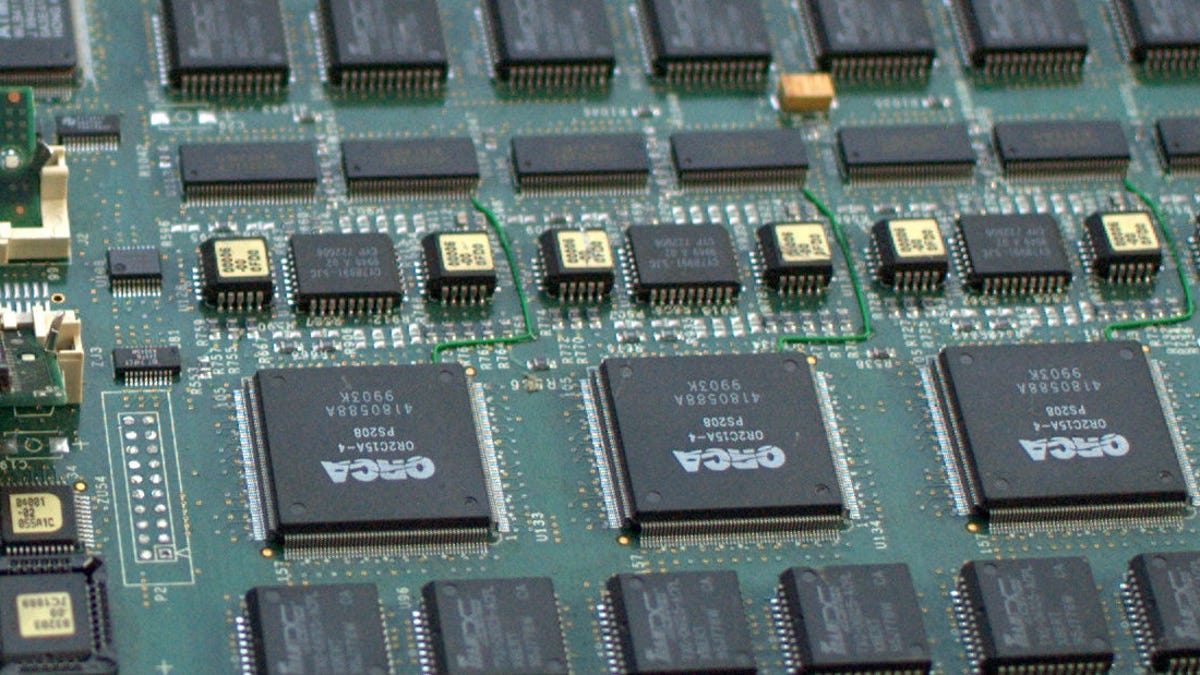Got big power bills? Blame dumb electronics
Household electronics need to be designed to operate like battery-saving mobile devices to keep a lid on climbing energy use from the growing number of connected gadgets in the home.

It's time for your DVR to get as smart as your iPad. If designers get it right, energy use from household electronics will stay under control without sacrifices in features.
By necessity, mobile devices, such as tablets and smart phones, need to be clever about power, just like an efficient hybrid car uses many tricks, such as turning the engine off when idle, to sip less gas.
By contrast, always-on electronics devices, such as set-top boxes, DVRs or often game consoles, operate as if they were going top speed at all times. As more devices in the home, such as thermostats and security cameras, get connected to home networks, this always-on power is poised to push electricity bills up.
But the solution isn't to just turn stuff off, say experts. Similarly, fixating on cutting stand-by power to TVs and PCs, while significant, doesn't fully address the bigger problem of always-on, networked gear.
Instead, plug loads need to take a cue from the mobile world and learn how to slip from "wide awake" to sleep mode gracefully. And rather than have your Xbox or Playstation game console operate at full blast when it's playing a DVD, electronics should scale their power to what's needed for the task, say experts.
"Off is a very 20th century idea," said Bruce Nordman, a scientist at Lawrence Berkeley National Laboratory who works on electronics and efficiency.
Nordman is a fan of adding a sleep mode to more items, whether they be cable modems or TVs. Cutting the power altogether on these devices, which many people are unlikely to do anyway, sacrifices functionality at a time when more devices are getting connected.
"As things become more networked to each other, there are reasons why you want to stay networked so they keep working. For example, a front door security camera needs to wake up the TV to show who's at the front door," he said.
Also, turning some items off with a remote doesn't necessarily decrease the power consumption significantly. In many cases, turning DVRs off simply turns the indicator light off, but the machine's innards continue to operate at nearly full steam, said Chris Calwell, research fellow at Ecova, a company which does testing and research on energy efficiency.
Using power strips to shut off power will completely shut down devices and smart power strips have different plugs, allowing a person to have one device, such as a TV, maintain stand-by power but cut stand-by to peripherals. But in some cases, waiting for a lengthy boot up can be impractical, said Nordman.
Power scaling
Not surprisingly, power use from electronics is on an upward trajectory. That's the opposite of large appliances that are consuming less and less energy due to regulations and increased labeling.
PCs, TVs, and related electronic equipment now consume between 10 and 15 percent of household energy on average, or roughly as much as refrigerators and dishwashers.
With more devices entering our lives and getting connected to home networks, power use from electronics is projected to be one of the fastest-growing categories in the years ahead, according to the Energy Information Administration.
There has been significant progress in making electronics thriftier with energy. Electronics "leak" less power than they did a few years ago when power supplies would draw as much as 10 watts even when they were idle. Now, because of mandatory efficiency standards and voluntary labels, such as EnergyStar, power supplies in most parts of the world are efficient, said Calwell.
PCs and displays have also gotten more energy efficient over the past years and have power management settings that improve energy efficiency. In the corporate world, standards such as Energy Efficient Ethernet mean that compliant devices will ramp up power usage based on their workload, or how much data they are sending.
"Power scaling," or having power use match workload, needs to now come to other plug loads in the home, such as home routers, Calwell said. So instead of having your gaming PC draw hundreds of watts as if it were maxing its processor, the PC should only use a fraction of that power when sending e-mails or browsing the Web.
"That's the revolution that hasn't come yet. Devices are not smart enough to shut off things that they are not doing and make power use proportional to how much work they are doing," Calwell said.
This happens routinely in the mobile world where processing cores on smartphones are dedicated to certain tasks and turn off when idle to save battery life.
Consumers' choices in how they use their gadgets play a role, too. Streaming video, rather than having a DVR download a hard drive full of data, uses less energy. And using dedicated devices, such as a small DVD player, is more efficient than using a gaming machine to watch movies, said Calwell.
But the bigger issue comes down to design and how to get those efficient design changes widespread.
Nordman from Lawrence Berkeley National Laboratory believes that baking efficiency into products as a feature will go a lot further than encouraging people to actively manage power use by viewing energy graphs or turning equipment off. The technology should cut wasted energy from when people aren't using devices.
"What's odd is that from an energy perspective, what you really want to focus on is when people are not using things," he said.

